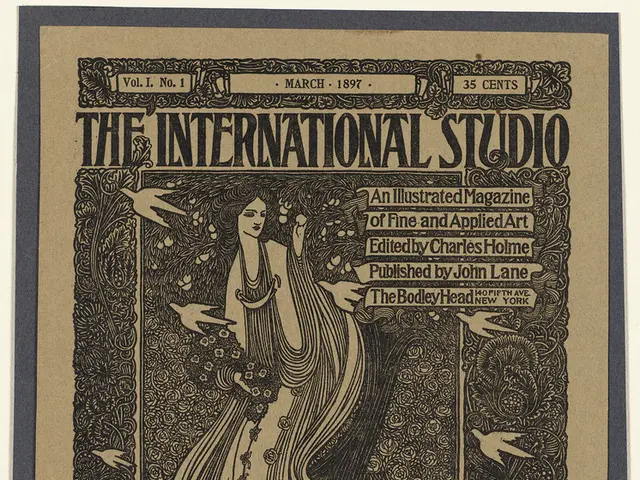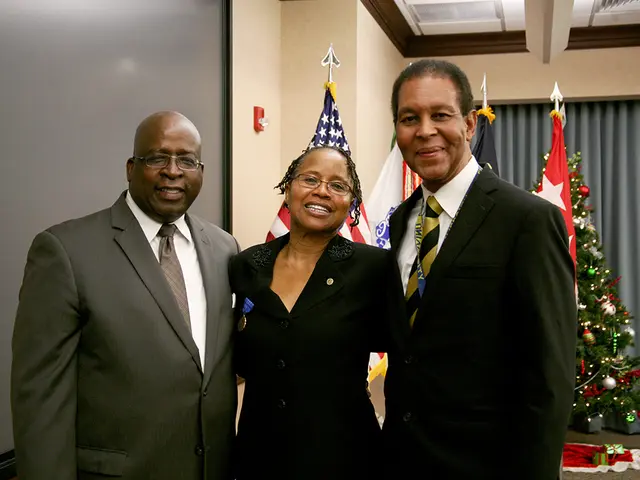Opinions Expressed by Both Genders on Various Topics
Transforming the Discourse: How Our conversations are Shaping Up
Gone are the days when street conversations were dominated by distinct gender-based topics. As society has progressed, the nature of conversations between men and women has significantly evolved, moving away from traditional gender roles, writes Psychology Today (translated by Charter97.org).
In the early 1900s, psychologist Henry Murray observed that men and women seemed to gravitate towards different topics, with women mainly discussing people, home, and appearance, while men dominated conversations about business, money, and entertainment. He believed these differences were inherent.
However, as societal norms began to shift, so did the conversation landscape. By the 1990s, men and women equally conversed about work, money, and leisure, according to a 1993 study. The differences in discussed topics, while still noticeable, had diminished considerably.
A recent analysis of Wikipedia editors' conversations revealed that women often participate more in discussions on traditionally "female" topics like art. Interestingly, women in positions of influence were found to less conform to conventional gender stereotypes, sometimes engaging in discussions on controversial topics even more than men.
Experts agree that differences in conversation topics are more a reflection of social roles, career paths, and experiences than biological predispositions. In other words, our conversations are shaped more by our life narratives and societal context than our chromosomes.
Beyond Societal Expectations:
Traditional gender roles dictated distinct spheres of discussion for men and women. Men were often focused on the public, economic, or authoritative matters, while women centered on domestic and caregiving responsibilities. This led to conversations that reinforced these divisions, like men discussing work, politics, or sports, and women focusing on family, relationships, or household matters.
However, the rise of feminist theory, social movements, and increased recognition of diverse gender identities have challenged these norms. Today's conversations reflect more egalitarian and cooperative relationships, covering topics like career ambitions, shared parenting, mental health, and personal growth.
Media, Culture, and Change:
Media and culture have been instrumental in promoting dialogue that transcends traditional gender boundaries. Greater representation of women in leadership and men in caregiving roles in media has helped shift public perception and encouraged more open, inclusive conversations.
Current Trends and Challenges:
- Work-Life Balance: With more women in leadership positions and greater shared domestic responsibilities, discussions are increasingly about balancing professional and personal life, career advancement, and the equitable distribution of household tasks.
- Stereotype Challenge: Gender equality advocacy has led to more open discussions about biases, stereotypes, and the need for mutual respect in all aspects of life.
- Inclusive Perspectives: The recognition of gender as a spectrum fosters richer, more nuanced conversations about identity, rights, and experiences that were previously taboo or overlooked.
The Shifting Landscape:
The transformation of societal gender roles has led to more inclusive, varied, and egalitarian conversation topics between men and women. This change reflects growing recognition of the diversity of human experience and the ongoing pursuit of gender equality in all areas of life.
PATREON support the site Charter-97 Subscribe to the channelWrite a comment Charter97.orgDONATION ACCOUNT DETAILS:our [email protected]
Stay connected with Charter97.org
- YouTube
- X.com
- vkontakte
- ok.ru
- RSS
- Telegram
- In today's society, conversations between men and women encompass a wide range of topics, extending beyond traditional gender roles to include discussions about lifestyle, work-life balance, and career ambitions.
- The influence of social media and entertainment has blurred the lines between conventional gender roles, with both men and women participating in discussions about fashion-and-beauty, shared parenting, and mental health.
- As relationships continue to evolve, conversations have expanded to include discussions on challenging stereotypes, inclusivity, and the diverse experiences of individuals, transforming the discourse and moving closer to gender equality.








